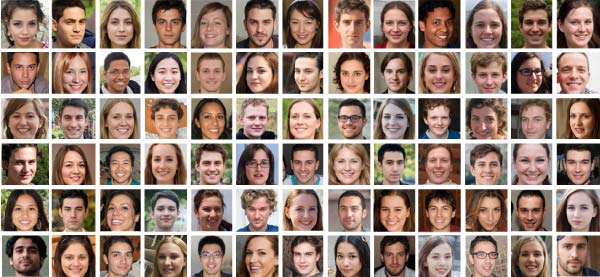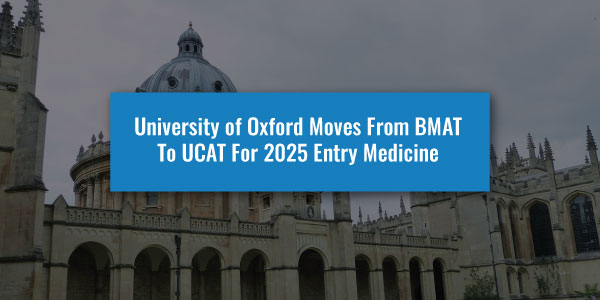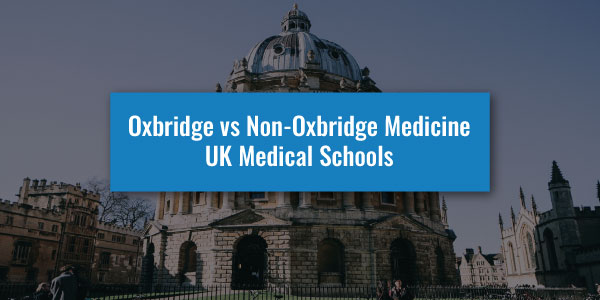London, the capital of England, is the largest city in the United Kingdom and houses dozens of universities catering to every subject you can imagine. One of the most popular of these subjects is Medicine, and London is the home to some of the most prestigious medical schools in the world.
There’s no experience quite like studying in one of the world’s most iconic cities, with world-class clinical opportunities and the chance to live in one of the most connected places in the UK. But how do you choose between the medical schools there? In this guide, we’ll take a look at each of the medical schools in London to see how they compare in terms of rankings and teaching.
Medical Schools In London
In London, there are currently 6 universities which teach Medicine A100:
All of these medicine degrees are for undergraduate students and run for either five or six years. Be aware that some other London-based universities teach graduate medicine or offer medicine-adjacent courses, but we’ll be focusing on standard undergraduate medicine degrees with the A100 UCAS code.
How To Choose Your Medical School
While these universities are all teaching the same degrees, there will be many differences to consider. This will include the entry requirements, acceptance rates, teaching style, location and accommodation options.
The most important thing is to get a feel for the facilities, the faculty and the general approach to teaching at each university you’re considering. While some of these universities have higher ratings and more prestige than others, this doesn’t mean they will be the right fit for you.
If possible, you should try to attend in-person open days for the universities you’re strongly considering. This will give you a chance to see the university facilities, explore the surrounding area and ask questions to the staff and students. Being there yourself and getting to ask these questions will go a long way to helping you make your decision, although virtual open days and other research methods are still an option if you can’t make it.
However, this guide is here to help you start your research, so let’s take a look at each of the six medical schools in London. We’ve ordered these based on the medical school rankings provided by Complete University Guide and The Guardian, but remember that these don’t necessarily mean they’re the best medical schools for you.
Enhance your medicine application and get your place with UniAdmissions
Medicine is one of the most competitive degrees in the UK, with many of the best London medical schools having extremely low acceptance rates. At UniAdmission, we have spent more than a decade developing our preparation resources and teaching methods to get more students into medicine courses than any other schools
Discover our Medicine Premium Programme below and find out how you can enrol and triple your chances of success.
Imperial College London Medical School
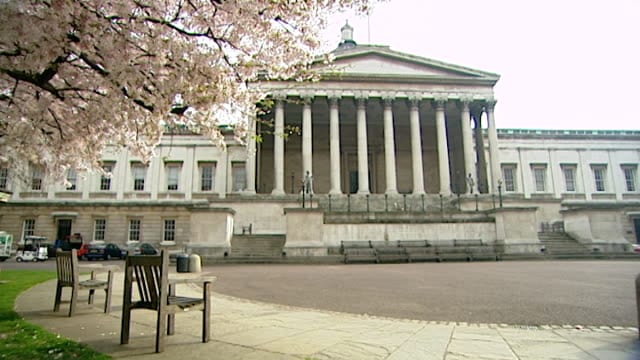
- Established Date: 1823
- Complete University Guide Ranking: 4th
- The Guardian Ranking: 7th
- Acceptance Rate: 16.6%
- A-Level Entry Requirements: AAA
- Teaching Style: Integrated
- Course Length: 6 Years
Of all the medical schools in London, Imperial College London is the highest-ranked London University by The Guardian and second highest by Complete University Guide. Imperial College is renowned for its specialism in the sciences; including medicine. It is a science, technology, engineering and medicine (STEM) university. Being one of the UK’s G5 Universities, this reputation is not surprising.
The course uses an integrated style of teaching, with a focus on the scientific basis of medicine taught via various different methods. These include lectures, seminars and practicals over the first two years.
However, students do have some patient involvement through patient home visits in the first year. They also take an initial hospital attachment in their second year. Imperial students must all do an intercalated degree; although, unlike most medical schools in London and the UK, this takes place in the fourth year. This means that the third, fifth and sixth years of the course are all clinical.
Time is spent at Imperial College’s hospitals of St Mary’s, Charing Cross, Hammersmith, Queen Charlotte’s and Chelsea and Western Eye hospitals.
Applicants are required to achieve AAA in their A-Levels, with a qualification in Chemistry, Biology and any third subject. International Baccalaureate requirements are 38 points with 6s in Biology and Chemistry at a higher level (Imperial claims the standard offer is made at 39 points). Applicants must achieve a minimum score on the University Clinical Aptitude Test (UCAT) that is calculated each year. They must also attend Multiple Mini Interviews (MMI).
Student life is very active at Imperial, with medical students being able to get involved in the societies of both the Imperial Student Union and the Imperial College London School of Medicine Student Union.
UCL Medical School
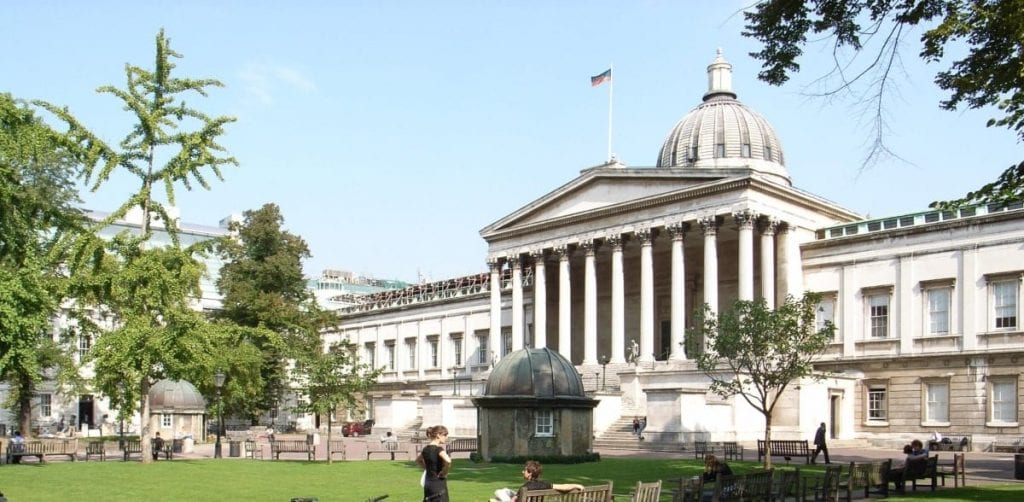
- Established Date: 1826
- Complete University Guide Ranking: 3rd
- The Guardian Ranking: 12th
- Acceptance Rate: 8.7%
- A-Level Entry Requirements: A*AA
- Teaching Style: Integrated
- Course Length: 6 Years
UCL Medical School is one of the largest medical schools in the country with around 330 medical students admitted each year. The course is taught using an integrated style over 6 years.
Years 1 and 2 consist of systems-based modules on preclinical science. All students complete an intercalated BSc in Year 3. In Year 4, students are introduced to medicine and surgery in the clinical environment, whilst Year 5 involves speciality rotations in the run-up to preparing for finals over Year 6.
UCL is home to world-leading hospitals including; UCLH, Great Ormond Street and the National Hospital for Neurology and Neurosurgery. With the Cruciform Building of the medical school being right at the heart of London, studying medicine at UCL offers an unparalleled student experience to be in the centre of this bustling city.
The minimum A-Level requirements for UCL are A*AA, with both Biology and Chemistry being needed and one with an A*. International Baccalaureate requires 39 points with 6 and 7 in Biology and Chemistry at a higher level. There isn’t a set threshold score for applicants to achieve in the UCAT to be considered for interviews, which take the form of MMIs.
The UCL Students’ Union plays a big part in student life, with hundreds of societies in drama, arts, music and sport. However, the campus is located in Bloomsbury, Central London, so you will have easy access to all of the activities available in the capital.
Queen Mary University of London Medical School
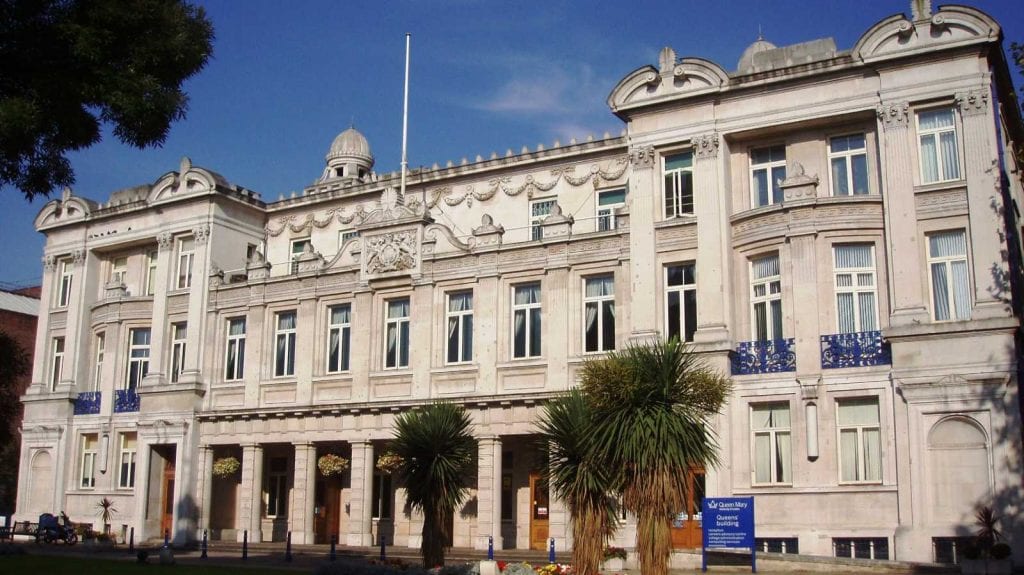
- Established Date: 1995
- Complete University Guide Ranking: 12th
- The Guardian Ranking: 22nd
- Acceptance Rate: 12.7%
- A-Level Entry Requirements: A*AA
- Teaching Style: PBL
- Course Length: 5 Years
Queen Mary, University of London, also known as Bart’s Medical School, is one of the newer medical schools in London, opening in 1995. Queen Mary admits around 300 students each year and, unlike the other two universities, it offers a five-year course.
Years 1 and 2 are taught in a systems-based structure; through a combination of labs and lectures. Meanwhile, Years 3 to 5 are the clinical years. The clinical years involve a series of placements in the hospital and community. Students do have an option of taking a further year of study to gain the qualification of an intercalated BSc. Collaborative Problem-Based Learning is frequently used throughout the course.
Queen Mary is home to a wealth of excellent resources. Students get access to the state-of-the-art Blizard Building and many libraries including access to those of the University of London. They’ll also get use of a dedicated teaching room for anatomical specimens and a clinical and communications centre for clinical skills practice.
Applicants need to achieve A*AA in their A-Levels, including Biology or Chemistry and a second science (this includes Physics or Mathematics). 37 points are required for International Baccalaureate, including 666 at Higher Level, including Biology or Chemistry and one other science. Applicants need to score in the top four deciles of the UCAT to be considered for interview, as well as achieving a Band 1 – 3 in the Situational Judgement Test. Interviews are held in a Panel format.
As a campus university, Queen Mary has a homely student community. With over 300 diverse societies and 60 sports clubs for students to join, it is one of the most appealing medical schools in London for students.
King's College London Medical School
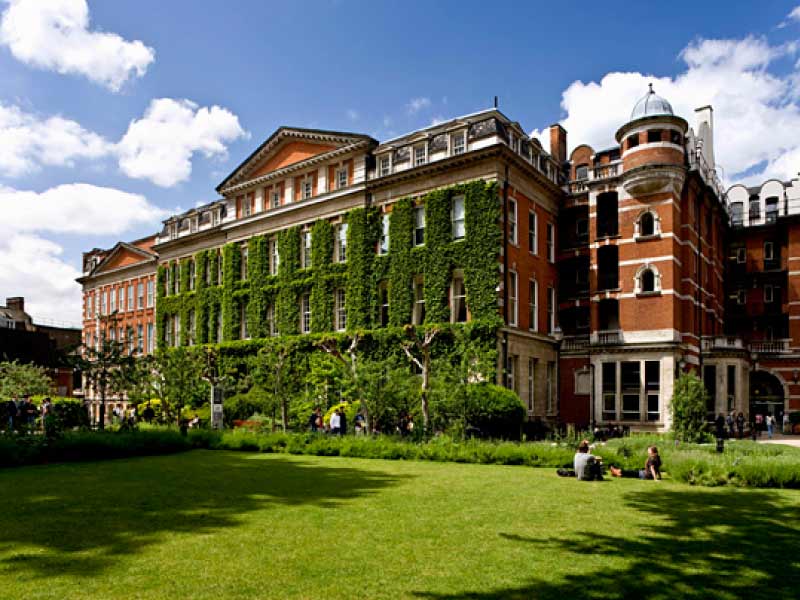
- Established Date: 1829
- Complete University Guide Ranking: 12th
- The Guardian Ranking: 22nd
- Acceptance Rate: 10% - 25%
- A-Level Entry Requirements: A*AA
- Teaching Style: Integrated
- Course Length: 5 Years
King’s College London is another highly prestigious university in the UK, although its medicine degree only ranked 22nd on The Guardian’s medical school league table. King’s admits roughly 300 students each year and offers both a five-year course and a six-year intercalated course, which is an option made available for all students.
The course is split into 3 stages, Stage 1 is the first year of teaching and covers the fundamental knowledge required for medicine through lectures and a large amount of self-guide study (as well as cadaveric dissections). Stage 2 in Years 2 – 3 introduces placements and explores patient care, while Stage 3 in Years 4 – 5 prepares applicants for their future prospects in the field of medicine.
Applicants will have the option to complete their Intercalated BSc between Years 2 and 3. The university is partnered with various London-based hospitals, including Guy’s, King’s College and St Thomas’ Hospitals, though many placements take place in Kent and Sussex.
The A-Level requirements for the King’s medicine course are A*AA, including both Biology and Chemistry. International Baccalaureate requirements are 35 with 766 at Higher Level, including 6s for Biology and Chemistry. There is no UCAT threshold score and interviews are held in a Panel format.
Like the other London universities, KCL offers a wide variety of societies, including the MedSoc for medicine students. Medicine is taught Guy’s Campus, which is located by the River Thames and next to The Shard.
St.George's University of London Medical School
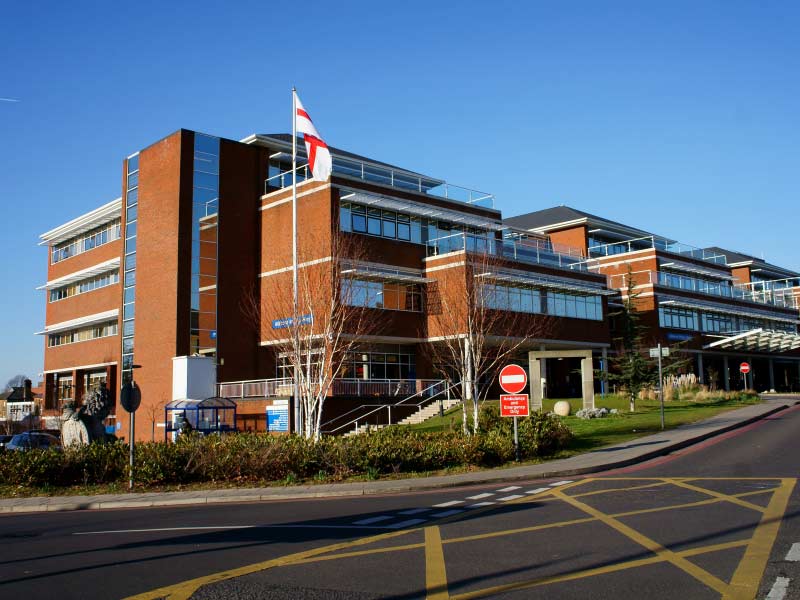
- Established Date: 1752
- Complete University Guide Ranking: 28th
- The Guardian Ranking: 22nd
- Acceptance Rate: 9.2%
- A-Level Entry Requirements: AAA
- Teaching Style: PBL
- Course Length: 5 Years
St.George’s Medical School is the oldest operational medical school in London and is the only school on this list to have been developed exclusively within a hospital. St.George’s offers a 5-year course for undergraduates, as well as a 4-year course for graduates. The undergraduate course teaches around 180 students each year.
Years 1 and 2 of the course focus on three topics; Basic & Clinical Sciences, Professional Skills and Patients, Populations and Society. In Year 3, students transition into a PBL learning style that encourages greater group work, while Years 4 and 5 are known as the Clinical Practice Years as placements are increased with greater variety in rotations. An optional intercalated year is available between Years 3 and 4.
Applicants must achieve AAA at A-Levels, including Biology and Chemistry, or 36 points at Inter Baccalaureate, including 16 points at Higher Level with 6s in Biology and Chemistry. Applicants must achieve 500 points in each subtest of the UCAT to be considered for interview, which are run as MMIs.
St.George’s has a wide range of societies and social activities to choose from, though the university is a bit less central than some of the others on this list, being located near Wimbledon. Accommodation near the university itself is very limited, being restricted to just Horton Halls.
Brunel University London Medical School
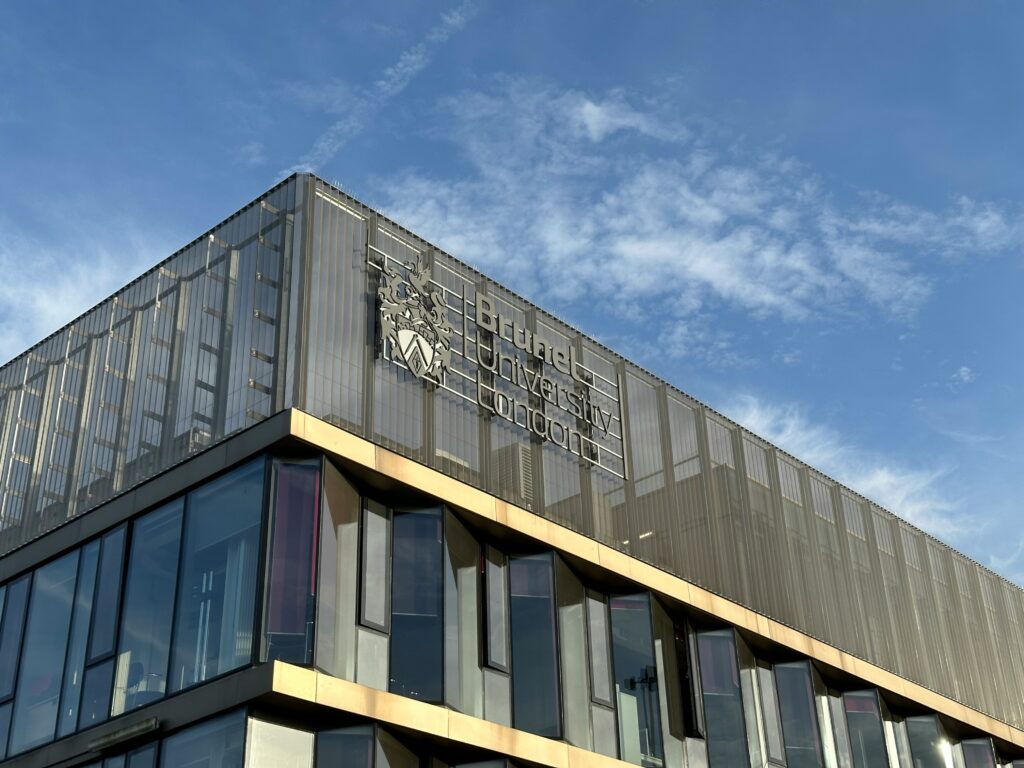
- Established Date: 2021
- Complete University Guide Ranking: NA
- The Guardian Ranking: NA
- Acceptance Rate: 13.3%
- A-Level Entry Requirements: AAB
- Teaching Style: TBL
- Course Length: 5 Years
Brunel University London has the newest medical school in London, having only been established in 2021. Due to its age, the university currently does not qualify to appear on medical school ranking tables, as no cohorts have finished a full degree yet.
Brunel boasts the use of a unique teaching style known as Team-Based Learning (TBL), a style only used at a few universities in the world. This style of teaching heavily relies on team-based projects and regular feedback. Communication skills and early patient contact are also emphasised within the course content.
The course itself is split into three phases. The first two years are Phase 1 and cover basic scientific concepts for medicine and body systems. Phase 2 runs between Years 3 and 4 and acts as an intensive clinical experience, with a greater focus on diverse placements. Finally, Phase 3 in Year 5 acts as a transitional year between education and professional medical careers.
Brunel has the lowest entry requirements out of the London medical schools, with applicants needing to achieve AAB, including As in either Chemistry or Biology and another science (including Physics and Mathematics). The International Baccalaureate requirement is 36 points with Higher Level 6 in Chemistry or Biology and Higher Level 5 in a second science (including Physics and Mathematics).
Applicants who achieve a Band 4 on the UCAT SJT will not be considered for interviews, which are held as MMIs. Graduate applicants will need to take the GAMSAT instead of the UCAT.
Brunel is the farthest London university from the centre, being located in Uxbridge. This means that your student experience will likely be much different from those who studied deeper within the city. However, Brunel still offers a variety of societies and venues to enjoy, as well as easy tube travel to Central London.
Conclusion
We hope this guide has helped you in your decision-making process for your university choices. While you now know which universities are ranked the highest, you should still make sure you research the options you’re interested in further.
All the medical schools in London offer incredible learning opportunities in hospitals that have some of the greatest expertise in the country. Your choice of medical school in London should depend on which course structure and environment suits you best.
Remember, there are more medical schools than those in London. The highest-rated medical school in the UK, the University of Cambridge, along with its close rival Oxford are both very good options for your studies if you feel your application is strong enough. Plus, some of the highest-rated universities in the UK are based in Scotland, including Aberdeen and Edinburgh.
Whether you decide to apply, we wish you the best of luck with your application! We’re always here to support you through your Personal Statement, UCAT, interviews or just general application woes, so be sure to explore our catalogue of medicine guides! Plus, you can discover our Medicine Premium Programmes to see how we can drastically increase your chances of getting your offer.
Get your offer to study medicine in London with UniAdmissions
With so many steps to complete during your medicine application, combined with the exceptionally low acceptance rates, it can be tough to find the confidence to succeed. However, UniAdmissions is here to support you through your Personal Statement, UCAT and interviews to ensure you have the skills you need for success!
Discover our Medicine Premium Programme below and find out how you can enrol and triple your chances of success.

